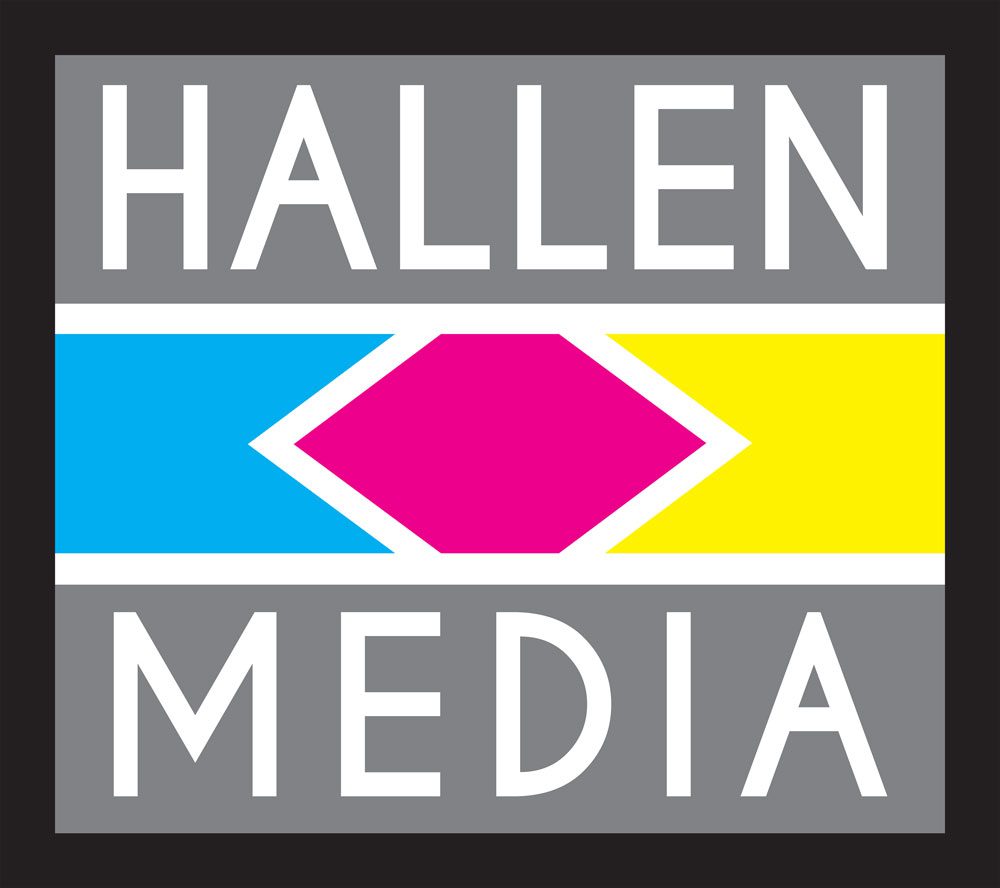
Websites are important for every business. In today’s digital age, having accessible online information is crucial for success. Just having a website isn’t enough, though. What matters is what’s on your website.
Website content needs to be geared toward making the consumer want to interact and engage with it. So, let’s take a look at what not to do when creating an appealing website, and I’ll show you what you should do instead along the way.
You’ve read this far for one of three reasons:
- You want to learn how to optimize your website for the best consumer engagement and interaction
- You’re worried that your website is ugly and came here for peace of mind that it isn’t
- You had nothing better to do and the catchy title of this article made you blow a little air out of your nose, which, in today’s digital age, translates to one “lol”
No matter the reason, you’re here for a solution, so let’s dive right in. Before we discuss any more, take a look at this website: http://thebiguglywebsite.com/. Don’t worry, it’s safe for work!
…
Are your eyes bleeding yet? I wouldn’t blame you.
We know your website can’t possibly look this bad, and we also know that this website is TRYING to look bad. Now, what are the chances you scrolled down to see what was listed on this site? If they gave out a million dollars at the bottom for clicking a link, chances are that you wouldn’t have walked away with a penny.
Why is this? Consumers don’t want to engage with unattractive content. Think of your own website content for a moment. If somebody looked at it and felt the same way you just felt, do you think they would stay and interact with it? Probably not.
Start by thinking of all the things you’ve hated on websites you’ve visited in the past. Chances are, one or more of these was on your list. If they weren’t, they will be now.
1. Ugly domain
Do you find it easier to go back to a website with a simple domain like website.com (an example), or do you prefer to type in randomwebsite123.org/data0=184/net%/ (another example)? You may be saying, “But hey, I just Google the name and click on the link!” Sure that might work for you usually, but would you be happy having to find your favorite and most visited websites by Googling them every single day? You’re better off having a website that people can remember if they choose to. A consumer’s first impression of a website is largely design-related, so don’t you think some of the people in that category want to see a neat and tidy domain? Of course they do!
2. Long loading times
I considered leaving a bunch of blank space here so you would have to scroll down and waste your time to prove my point, but I decided to make you read this sentence instead.
Consumers hate waiting. This is the digital age of instant information. It takes consumers only a split second to form an opinion about your website. That tiny amount of time shouldn’t be spent on a blank loading screen! Even worse than that, if there is a long loading time every time a consumer tries to interact with your website or navigate the different pages, they are going to get increasingly annoyed.
Here is the worst case scenario: You have a consumer who is ready to buy from your online shop, they start gathering up products into their cart, then they get fed up with waiting and instead buy from your competitor. Want to avoid the tragedy? Keep it fast!
3. Complicated or overwhelming interface
Does your website have too many buttons on it? Are people being bombarded with information? People are being trained to ignore huge amounts of website content due to websites crawling with ads. Keep it simple and focus on important topics or focal points that they can engage with. With plenty of consumers abandoning a site due to poor design, you can’t afford to hide your crucial information in text-garbage. Don’t lose consumers because they can’t find where you hid the crucial information on your jumbled page.
4. Automatic music or videos
Many people listen to music while they work or surf in their free time. If you’ve ever noticed a little speaker icon on the right side of your internet tabs, it means that sound is coming from that page. Many people’s first instinct is to kill that tab because it’s forcing disruptive sound onto their experience, and autoplaying audio or visual content can cause valuable consumers to leave your site.
If you have videos on your main page, great! Just make sure you let people click the play button on their own. At the very least, it will give consumers a chance to silence their other music and video sources before they listen.
5. Website doesn’t scale
Do you always look at a website on your computer, or do you sometimes use your phone or tablet? Don’t you hate it when you’re interacting with website content on your phone and you have to scroll all the way to the right to read the full line and then scroll all the way back for the next line? It’s terrible! Make sure your website bends and twists to fit every screen—this is called responsive web design, and it’s very important. If people don’t realize your website actually operates differently on their smaller screen, you’ve done something right.
Your website content is one of your most important marketing tools. Whether or not people engage can mean the difference between one dollar and one million dollars in revenue. It’s worth it to take the time to make your website beautiful.
